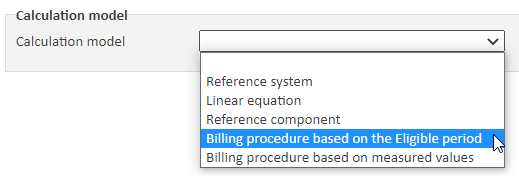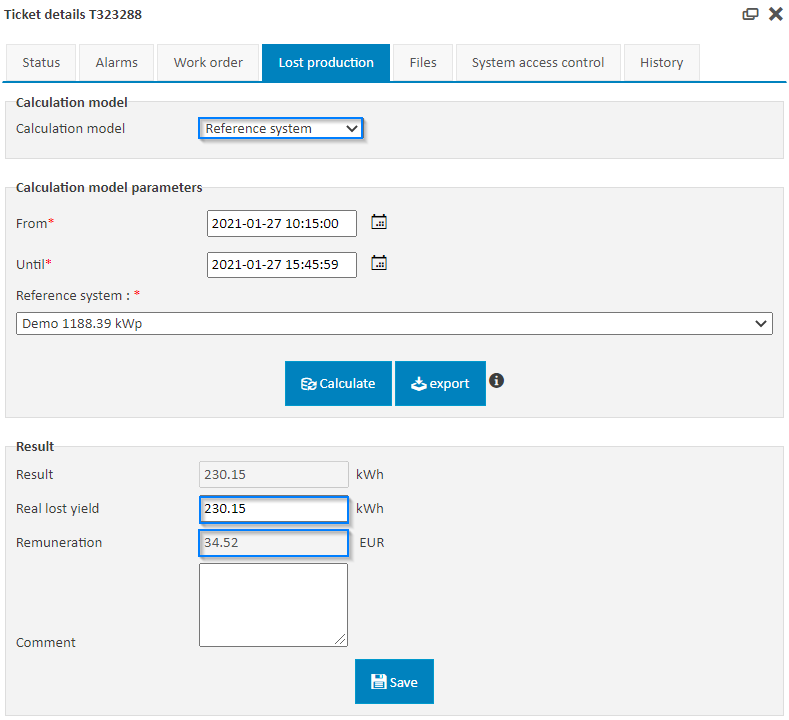#VCOM today - 8: Power Control - When Grid Integration becomes visible
Volatile renewable energies challenge the grid operators! More and more often grid operators need to actively control the power of solar PV plants for keeping the grid in balance.
Solar PV will play the most important role in the future electricity market. The coupling of sectors will even lead to a far higher demand for electricity than today. Ford (Motor Company) for example wants to manufacture electrical vehicles only from 2030 on (https://www.tagesschau.de/wirtschaft/ford-elektroautos-europa-101.html) . That's in 9 years and time flyes.
The "BEE-Szenario 2030" expects, that the electricity demand will grow by ca. 30 % until 2030.
Based on this scenario, we would need 10 GWp of new capacity per year - in Germany only!
The numbers clearly show, how important the integration of renewables in the electricity market is. We all have to accept, that solar and wind will be the new normal in the future and we also need to accept, that production and consumption need to be well balanced. Lets see it as a great chance for new business models and lets get prepared for a world of 100 % renewable energies.
Now, lets get back to today and how power control activities by grid operators or third parties (e.g. aggregators) become visible. And why should we keep an eye on it?
- Active Power Control influences the energy production directly and the PR and Availability indirectly → if you work with PR guarantees, you should take into account power control activities and exclude the related time ranges from the calculation
- Active Power Control leads to less energy production and less income. In order to benefit from the correct compensation, you should be aware of how much energy you lost
How to do this? First, you have to know that the grid operator was controlling the power. VCOM has specific charts with the information about power control activities. In the following chart you see, that power control started at 10:15 AM and ended at 15:45 PM. The active power was reduced to 0 % by the grid operator. For tracking the power control activities easily, you can configure an alarm, in order to be informed when power control activities take place.
Picture: Active Power Control, 10:15 AM - 15:45 PM, 27. January 2021
On January 27th it happened. The grid operator was obviously controlling the active power. Now I would like to know, how much yield I lost and I would like to exclude the related time range from the KPI calculation.
The screenshots below show, how you are able to do both.

Picture: Ticket for the power control affected time range - general information.

Picture: Outage Information - possibility to exclude the event from the KPI calculation manually (in case this is not already configured for all events related to power control - see last article about KPIs and the PR editor).
For calculating yield losses, you can choose between different calculation methods.
Two of them are explicitly defined for the calculation of yield losses, in case the grid operator or aggregator controls the active power. They are called "Pauschalabrechnungsverfahren and Spitzabrechnungsverfahren" ("Billing procedure based on the Eligible period and Billing procedure based on measured values"). These are two very common and respected ways to calculate yield losses. So there is no need for extra calculations in Excel.

Picture: Methods for yield loss calculation
Feel free to send me a private message if you are interested in a detailed whitepaper on the methods of yield loss calculation in VCOM.

Picture: Yield Loss Calculation with a Reference System
By using the described features, you will calculate reliable KPIs and you can have an eye on the compensation, you receive for lost yield. Both highly important for the O&M and the owner.
#Nerdtalk: Blackout
If you haven't read the book Blackout from Marc Elsberg yet (https://en.wikipedia.org/wiki/Blackout_(Elsberg_novel)), I can highly recommend to do so. The story shows, how fragile our electrical grid can be, if it is not managed well and in this specific case, if the security measures are not enough. When reading the book, you start to think about how secure the power control solutions of renewable energy plants are today. Finally I came to the result, that we really need to take good care of protecting PV plants and especially the power plant controller from external attacks. What could this mean for all of us? No "12345" passwords any longer. Update of the power plant coontroller, if security patches are available. If required, upgrade and revamping of old power control solutions, if they do not fit to state of the art cyber security standards any more.
But the first thing we need to do: We need to be aware of the sensitivity of our infrastructure and we should take the responsibility to invest in high quality power control solutions. For more details about how state of the art power control solutions are designed and how we constantly improve the certified blue'Log X-Series, feel free to contact the meteocontrol team - we are happy to hear from you.